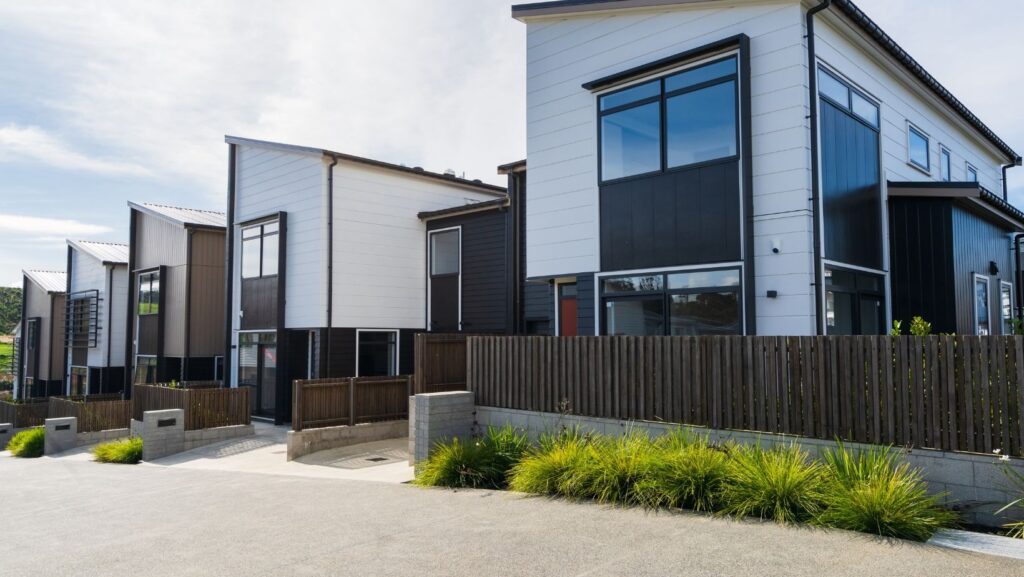Managing a House in Multiple Occupation (HMO) property comes with unique challenges and opportunities. Unlike standard rental properties, HMOs involve multiple tenants living under one roof, often sharing facilities like kitchens and bathrooms. This setup can be highly profitable for landlords, but it also requires careful attention to legal obligations, tenant relationships, and property maintenance.
For new landlords, understanding the intricacies of HMO property management is crucial. From safety regulations to efficient tenant turnover, each aspect plays a role in maintaining a smooth operation. Even seemingly small oversights, such as neglecting proper safety measures, can lead to fines, legal disputes, or loss of income. One essential safety consideration for HMOs is the installation of HMO Fire Doors, which should meet all regulatory standards to protect tenants and reduce risk.
Understanding HMO Regulations
HMO regulations vary depending on the number of tenants and the local council rules. Properties with five or more tenants from more than one household typically require an HMO license. Landlords must adhere to standards covering fire safety, sanitation, overcrowding, and maintenance. Ensuring compliance not only avoids legal penalties but also enhances the property’s reputation, attracting long-term, responsible tenants.
Local councils often conduct inspections to verify that HMO properties meet these standards. Common areas of scrutiny include smoke alarms, fire doors, escape routes, and overall cleanliness. Failure to meet these requirements can result in hefty fines or even forced closure of the property.
Efficient Tenant Management
Tenant satisfaction is vital for maintaining high occupancy rates and minimizing turnover. Effective HMO property management includes clear communication, quick resolution of complaints, and fair handling of deposits and rent collection. Setting transparent rules for shared spaces, noise, and cleanliness can prevent disputes and promote a harmonious living environment.
Screening potential tenants is also critical. Comprehensive reference checks, proof of income, and previous landlord recommendations help ensure that tenants are reliable and responsible. A stable tenant mix reduces conflict and minimizes the likelihood of late payments or property damage.
Maintenance and Repairs
A well-maintained HMO property protects the landlord’s investment and keeps tenants happy. Regular inspections of appliances, plumbing, heating systems, and structural elements are essential. Landlords should also have a responsive maintenance plan, addressing tenant requests promptly to prevent minor issues from becoming costly repairs.
Routine maintenance should include checking smoke detectors, fire doors, and emergency lighting. Properties that are safe, clean, and well-maintained are more likely to retain tenants for the long term, reducing vacancy periods and associated costs.
Rent Collection and Financial Oversight
Managing multiple tenants means managing multiple rent payments, which can become complicated without an organized system. Using digital rent collection platforms or property management software can streamline payments, track arrears, and generate financial reports. Accurate records not only make tax preparation easier but also provide transparency in case of disputes.

Additionally, landlords should budget for unexpected expenses, such as urgent repairs or temporary vacancies. Having a financial buffer ensures that the property continues to generate income even when unforeseen issues arise.
Legal Considerations
Landlords must stay informed about HMO-related legislation. This includes understanding tenancy agreements, eviction procedures, and tenant rights. Staying updated with local and national laws ensures that landlords avoid legal challenges and maintain positive relationships with tenants.
Landlords should also be aware of health and safety legislation. Regular risk assessments, including fire risk assessments, are essential to meet legal obligations. Non-compliance can lead to fines or even criminal liability in extreme cases.
Property Marketing and Tenant Retention
Attracting tenants to an HMO property requires strategic marketing. Highlighting key features such as location, amenities, and safety measures helps appeal to prospective tenants. Professional-quality photos and clear, detailed property descriptions improve online listings’ visibility and engagement.
Retaining tenants is just as important as attracting them. Providing a clean, well-maintained property and responsive support builds trust and encourages long-term tenancy. Satisfied tenants are more likely to recommend the property to friends or leave positive reviews, reducing marketing costs and vacancy rates.
Outsourcing Property Management
Some landlords choose to outsource HMO property management to professional agencies. This can be particularly helpful for landlords managing multiple properties or those who lack the time to oversee day-to-day operations. Agencies can handle tenant screening, rent collection, maintenance, and regulatory compliance, allowing landlords to focus on investment growth.
While professional management involves fees, the benefits often outweigh the costs, especially in terms of reduced stress, improved tenant satisfaction, and consistent property performance. However, even when outsourcing, landlords remain ultimately responsible for ensuring that their property complies with legal standards.
Conclusion
Effective HMO property management is about balancing tenant satisfaction, legal compliance, and financial performance. From fire safety measures to routine maintenance and organized rent collection, each aspect contributes to a successful rental operation. For landlords willing to invest time and effort or the right professional support HMOs offer the potential for higher returns and long-term stability. Prioritizing safety, maintaining open communication with tenants, and keeping properties in excellent condition ensures that an HMO remains both profitable and compliant.
